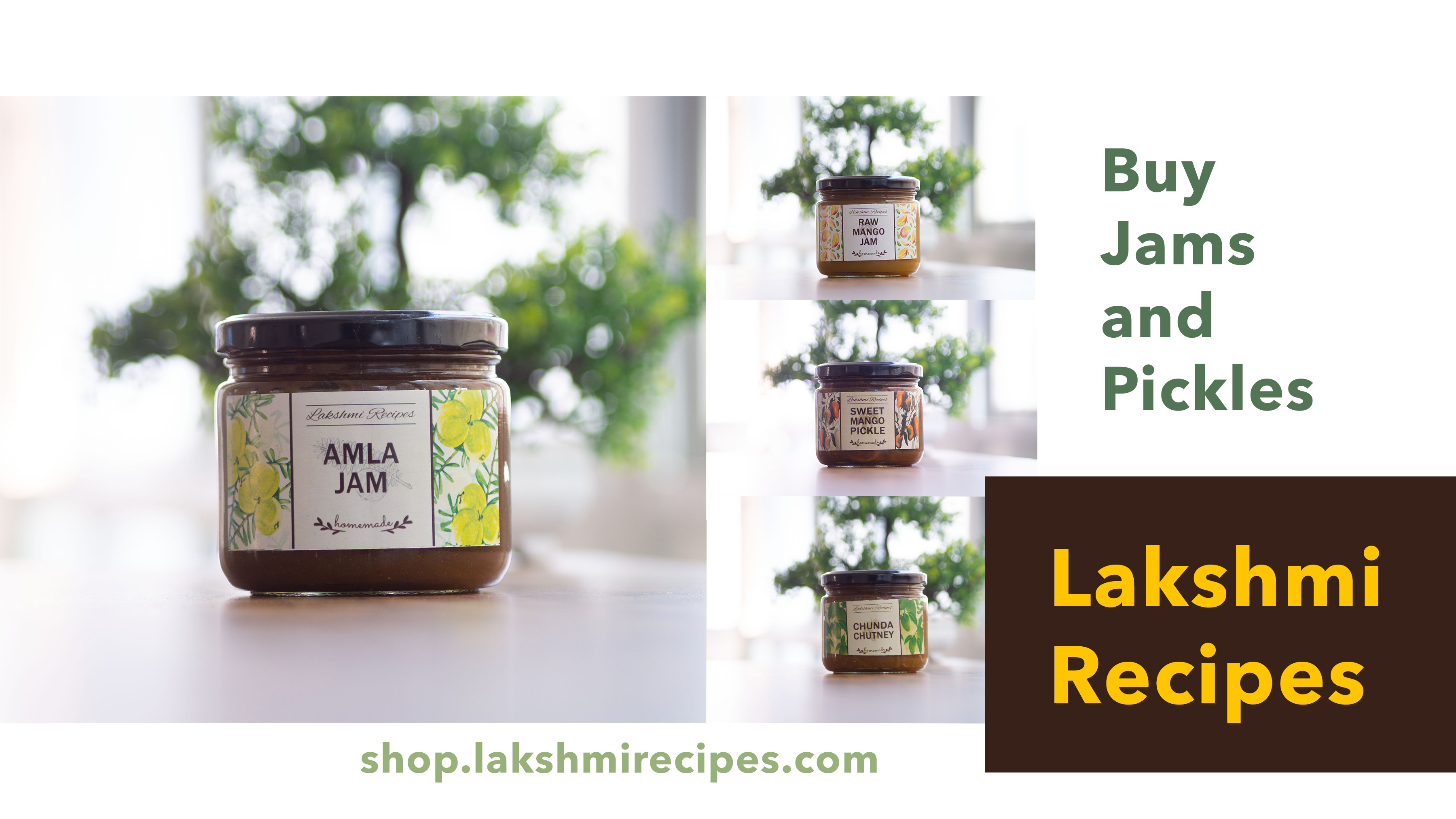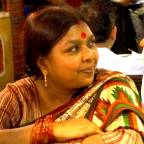
Whether you’re making cookies, cakes, pies, or Christmas goodies, you just need to get your mittens out and whoosh! Like a magic spell, all those sweet tooth cravings would be gone in a blink. Well, the reference here is not of Fairy God Mother showering blessings on you but the secret behind those sugary filled midnight dinner tables is Baking!
Tracing the History
Baking is not a new phenomenon as is evident by the finding of the world’s oldest oven unearthed in Croatia in 2014. It astonishingly dates back to 6500 years ago. Quite a long history, eh?
Well, according to Food Historians, Egyptians were the pioneers who baked using yeast. Later on, the Roman Empire’s Baker Guild was established in 168 BC. This organization, called the Pistorum, gave recognition to all the bread bakers as skilled artisans. In fact, baking was seen as such an esteemed profession that a festival was held annually to celebrate Fornax, the oven goddess!
Baking was a luxury in the Medieval period that very few could enjoy. Those who could afford a wood-burning stove had better bread and meals than others. The cake that we so fondly know of today, was simply out of question for many. It was something that only the wealthy knew about and ate. Baking was never a home-based work. It remained a sheer commercial activity.
The advent of saffron and other spices helped baking blast off in Britain in the 15th century. The sugared dough buns, gingerbread, mincemeat pies all came into existence around this time. Desserts, pastries, iced cakes, and others came to the forefront in the 17th century with globalization, and baking became more common for the average person. Pastry making became fashionable and started to be considered as a pre- requisite for becoming a good wife!
Cake baking, in particular, saw a rise in the 18th century and the development of semi-closed ovens happened too. Later, baking powder came in the scene and totally transformed the way the cake was baked. Consequently, cake and other baked goods began to be more light in texture as compared to their early forms.
Quintessential Baking Methods
Although there are a lot of baking methods known to us, there are a few classics that have always remained the favorite of bakers across the globe.
One such prevalent way is the Creaming Method. If you are very much into cream, butter, and those inexorable sugary elements, then this can work wonders for you! Cakes made using this method involve mixing butter and sugar and then adding eggs one after the other. This technique not only helps in aerating the butter that makes the bake lighter but also leaves scope for the sugar to dissolve and spread evenly in the batter.
Rub In Method is simple and precisely delineates what the name suggests. Here, the butter is rubbed with the flour till the time the flour appears like crumbs. The method is primarily used for pastries and bread.
When it’s cold outside, there is nothing more tempting and fulfilling than rounding off the meal with hot milk puddings. Well, they are made using the Hot Milk Method which necessitates the boiling of butter and liquid together before the flour is added, and out comes the delicious steaming pudding right on your plate!
To be honest, the outcome of a blind date is something that is hard to predict but with the Blind Bake Method, one can be fully assured that their tarts or pies are going to be just awesome! This technique primarily stresses on pre-cooking the pastry before including the filling to prevent the pastry from getting soggy.
There are other techniques too, that are adopted lately but the real essence of baking can be made out only by the aforesaid methods that are in use since time immemorial.
India and the advent of Baking
India was never a land of cakes, puddings, pies, or yeast bread, and hence, baking was not really a part of Indian culture. All these delicacies came to India from abroad. When the Portuguese came here, they missed their bread and cake but there was no way that they could relish those delicacies in India due to the absence of ovens, maida, or yeast in the land of spices.
So, an innovative Portuguese baker came up with the Goan version of the Portugues Pao (hence, came the India name Pav). He used whole wheat flour or atta instead of maida and toddy in place of yeast. Since, a proper oven was not available easily, he used a simple oven with a hot surface.
India did not have a maida tradition or oven, and all these came from the Middle East. Even today most of the bakeries in India are owned by Muslims. Gradually, the Muslim bakers came up with different versions of Goan pav after its spread in Mumbai, and soon it became a popular street food.
The first cake in India was made in November 1883 by Mambally Bapu in his Royal Biscuit Factory which came into existence in 1880. He had learnt the biscuit making technique in Burma and had just returned to popularise biscuit and baking among Malayalis.
It so happened that a few days before Christmas, Murdoch Brown, a Britisher came to Mambally’s bakery with a plum cake, asking him to make one similar to that. Mr. Brown also gave some demonstrations and ingredients for baking. Intrigued seeing the cake Mambally said yes, without knowing that he was going to make history in the baking world!
When he finally delivered the cake on the mentioned day, Mr. Brown was so happy with the taste and texture of it that he called it the ‘best cake ever tasted’ and ordered more. So, stands tall the history of baking in India by the efforts and farsightedness of a man who knew how to improvise and innovate a completely new venture.
Baking and life
You have all the creative juices flowing inside you but you don’t know where to start from? Well, baking is all you need. It will help you to take all the creative decisions and the nuances you wish to showcase to the world out there. It boosts self-confidence, as the person involved gets to decide how they want to prepare the confectionary in a certain way and why.
Baking is not only about enjoying the delectable treats in the end but it rather acts as a stress booster. Oh yes, you read it right! It has been found out that baking can relieve a person from stress as it gives the mind an entirely new venture to tread upon and forget other stressors of life. This is also known as Procrastibaking.
Baking also instills a sense of bond, emotion, and expression. It teaches some of the important lessons of life such as how to be patient, persistent as well as consistent in your work. Anything which takes away all the attention is bound to be meditative and calming in nature and baking is one. If you closely look at baking techniques, you will understand that it has more of a therapeutic value than just making those lip-smacking delicacies, which is more of a cherry on the top.
The Closure
Today, With a burgeoning number of varied baked goods, the art of baking has become a fundamental skill that is both relishing and satisfying. Undoubtedly, it has added a little more frostings to the mundane, tiresome lives of poor and restless souls like us. So, the very next time you grab those nutty, flavored pies, cookies, and hotcakes, be grateful to them for having baked your day in a better way!

































SHARE YOUR FEEDBACK